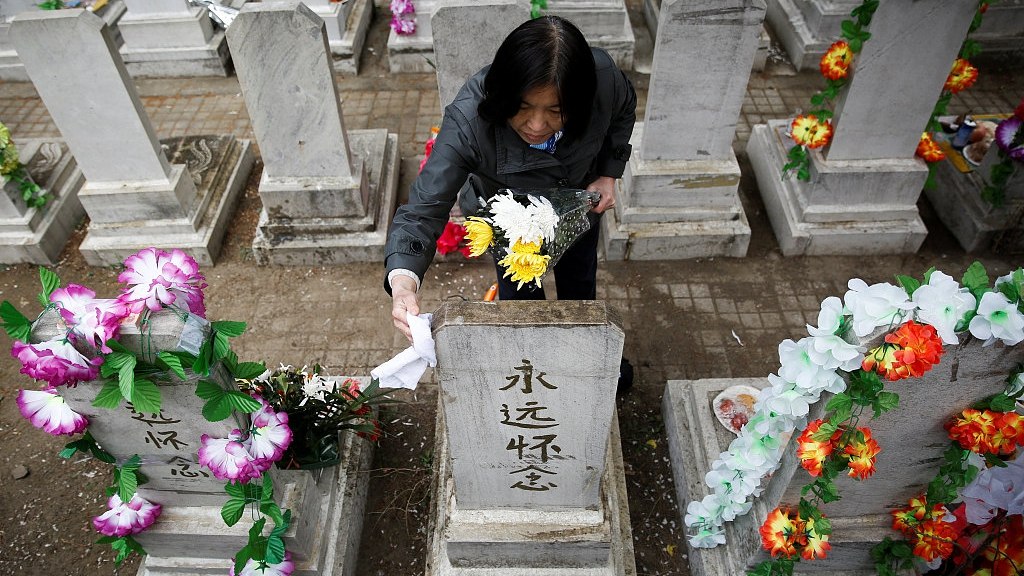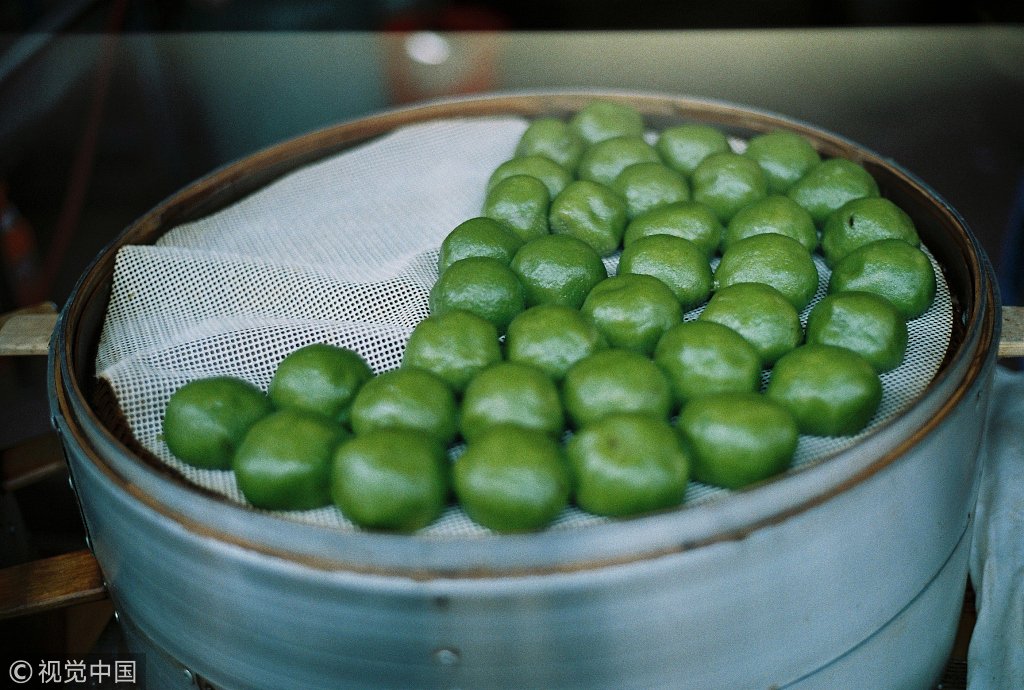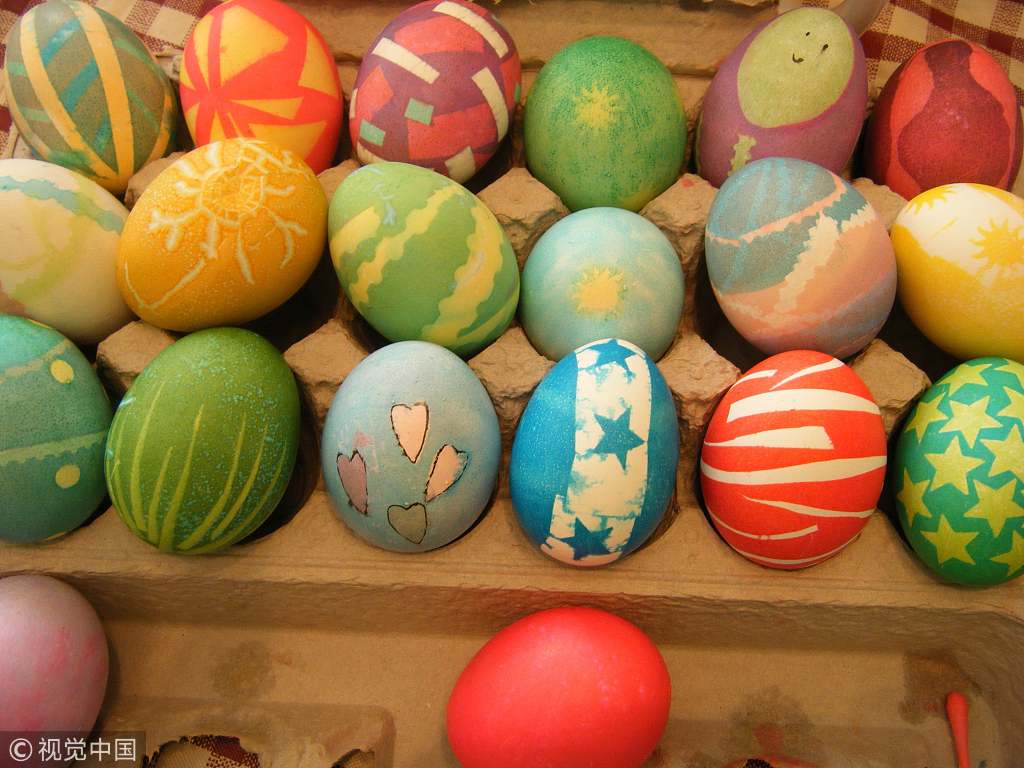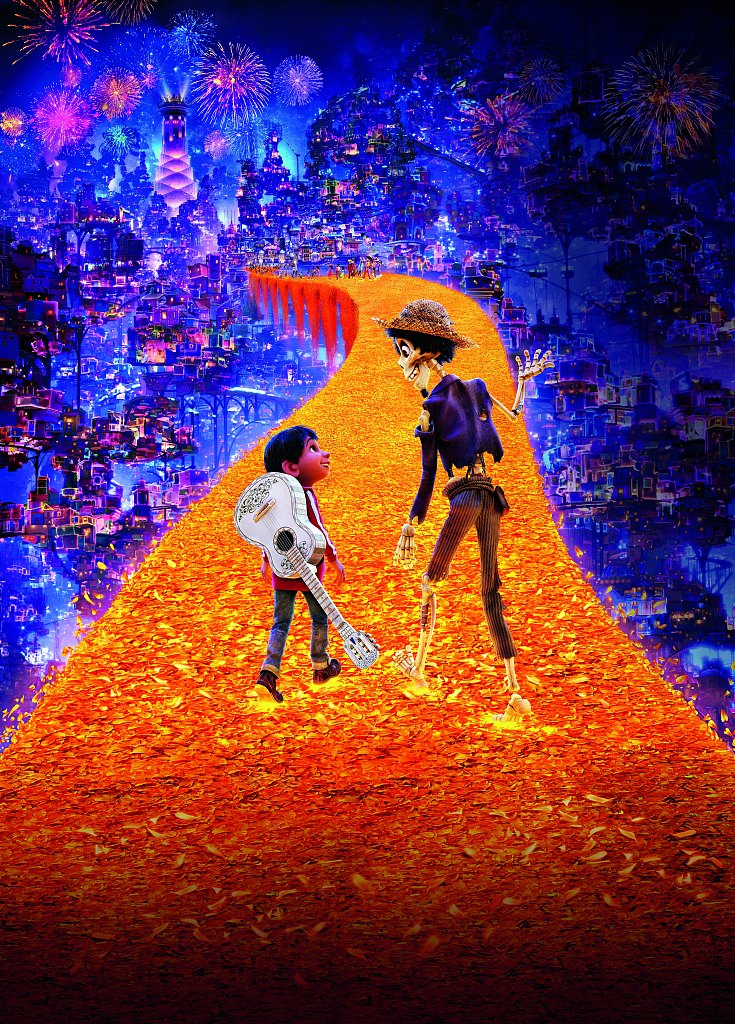
Opinion
18:47, 03-Apr-2019
From East to West: Reminiscence and rebirth in April
Lauren Ma

Editor's note: Lauren Ma is a freelance screenwriter. The article reflects the author's opinion, and not necessarily the views of CGTN.
April is the most delightful month in the Northern Hemisphere. Every April, spring blossoms and everything is restored. China's Qingming Festival and the Christian festival of Easter are celebrated in the same month on April 5 and April 21 respectively.
Both a spring festival contemplating the reverent themes of life and death, Qingming Festival focuses on remembrance, while Easter celebrates rebirth. The two holidays share similarities, and their differences shed light on their respective cultural heritage.
Qingming Festival, is a traditional Chinese festival observed by the Han Chinese and celebrated by many Asian cultures around the world. It is believed that the tradition of celebrating Tomb-Sweeping Day could date back to 2500 years ago in China.

Qingtuan sweets for Qingming. /VCG Photo
Qingtuan sweets for Qingming. /VCG Photo
Since then, sweeping tombs on Qingming has become a tradition among both imperial and common Chinese families. Today, the Chinese continue to honor the practice of tending to the gravesites of the departed, burning joss sticks and paper representing afterlife necessities, sharing traditional food dishes such as the sweet green “Qingtuan” rice balls, and praying to their ancestors for prosperity, peace, and good harvests.
Instead of a swept tomb, Christians honor an empty one. The Easter holiday commemorates the resurrection of Jesus three days after he was crucified by the Romans and died in 30 A.D. Women myrrh bearers were the first to discover an empty tomb in which Jesus's body was laid out – indicating his miraculous rebirth. Easter is widely celebrated as a public holiday in countries that have a large Christian population. It falls on a different date each year, determined also on a lunisolar calendar.
Both occurring at the beginning of spring, Tomb-Sweeping Day and Easter share a holiday spirit of rejuvenation and growth. The name Qingming literally translates into “Pure Brightness” because the date on the solar calendar signals warmer temperatures and rainfall increases.
Traditionally, it announces the arrival of the plowing and sowing season, and suggests that people go outside and embrace the greenery and blossoms of spring. Indeed, many Qingming traditions are springtime-related and more eco-friendly: carrying flowers instead of burning joss paper, planting willow trees to ward off evil spirits, flying kites, and going for a walk in the countryside.
Such a beautiful counterbalance to the meditation on death and rebirth can also be found in Easter celebrations among the non-Christian community. Opting out of the Great Lent, the forty-day period of fasting and penitence that culminates one week prior to Easter Sunday, many observe the festival through its non-religious traditions.
While the Easter egg serves as a powerful visual representation of “the empty tomb,” it is also a notable symbol of fertility that preceded Christianity. On Easter Sunday morning, children in many Western households wake up to an Easter basket of candy, chocolate eggs, and other gifts delivered by the Easter Bunny, echoing the heartfelt kindness popularized by Santa Claus. Other families have their children decorate and participate in Easter egg hunts.
Generous spirits aside, celebrations of both festivals have evolved to highlight modern society's predilection for commercializing cultural traditions. In China, sweeping family graves is a luxury for those struggling to make it in the city: overtime pay is tempting, and train tickets are expensive. For those unable to return home for the Qingming holiday, public sidewalks have long served as a temporary memorial site.

Easter eggs. /VCG Photo
Easter eggs. /VCG Photo
A practical alternative emerged in recent years: with the click of a few buttons, the Chinese can now hire professional tomb sweepers from online companies. Services include bringing flowers and food, cleaning gravesites, praying in silence, and burning paper and incense – quickly proven effective with live photos and videos.
Stemming from an old superstition said to wear a new garment on Easter, the Easter Parade had been an after-church cultural event for the privileged class since the 1880s. Families would dress in their finest new clothes, and stroll across town to see springtime flowers. Gawkers of the lower classes would observe the latest fashion trends along the sidewalks.
Many Western countries continue to host the Easter parade, which, over the past century, has shredded its religious observance, giving way to a mere fashion spectacle – most notably observed in the grand New York City parade on Fifth Avenue. The event boasts a chance to be seen, its flagrant display of wealth and beauty puts forth a fascinating cultural parallel to the lavish ways in which ancient Chinese aristocrats honored their ancestors. Inevitably, certain celebratory aspects of both the Qingming and Easter festivals reinforce social hierarchies throughout history.
Perhaps it is time to consider a more thoughtful way to honor traditions: inspired by the Mexican Day of the Dead holiday, the 2017 animated film Coco is a heartwarming tale on culture, family, death, and remembrance. The movie's explosive success reiterates to its global audience the extraordinary power of artistic expression to champion our own cultural heritage and – ultimately – the human condition.

The poster of Coco (2017 film). /VCG Photo
The poster of Coco (2017 film). /VCG Photo
Be it green rice balls or colored eggs; burnt paper iPhones or freshly tailored fashion, between the Qingming festival's discourse on mortality and the Easter holiday's belief in rebirth is an elegant common thread of renewal, beauty, and the celebration of vibrant life.
(If you want to contribute and have specific expertise, please contact us at opinions@cgtn.com.)

SITEMAP
Copyright © 2018 CGTN. Beijing ICP prepared NO.16065310-3
Copyright © 2018 CGTN. Beijing ICP prepared NO.16065310-3